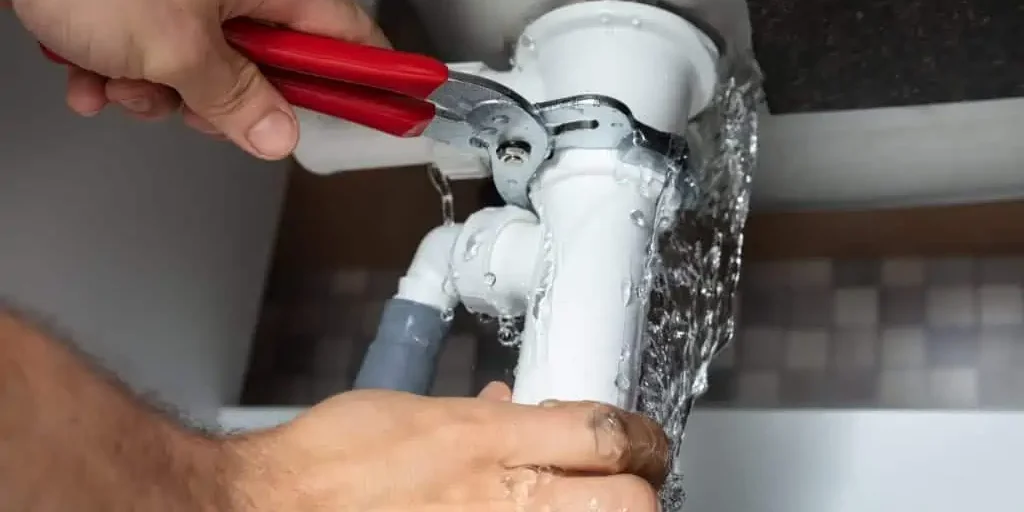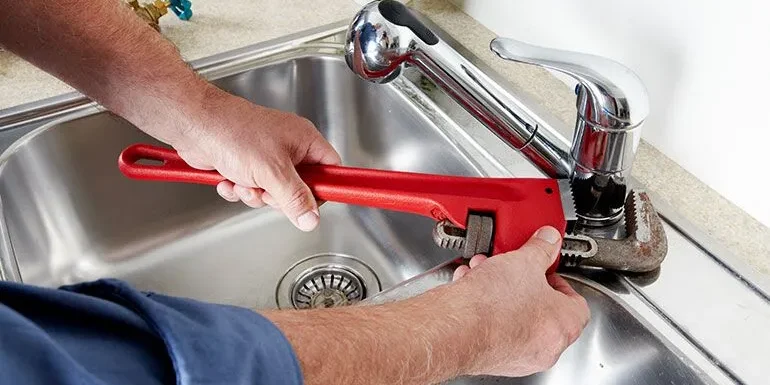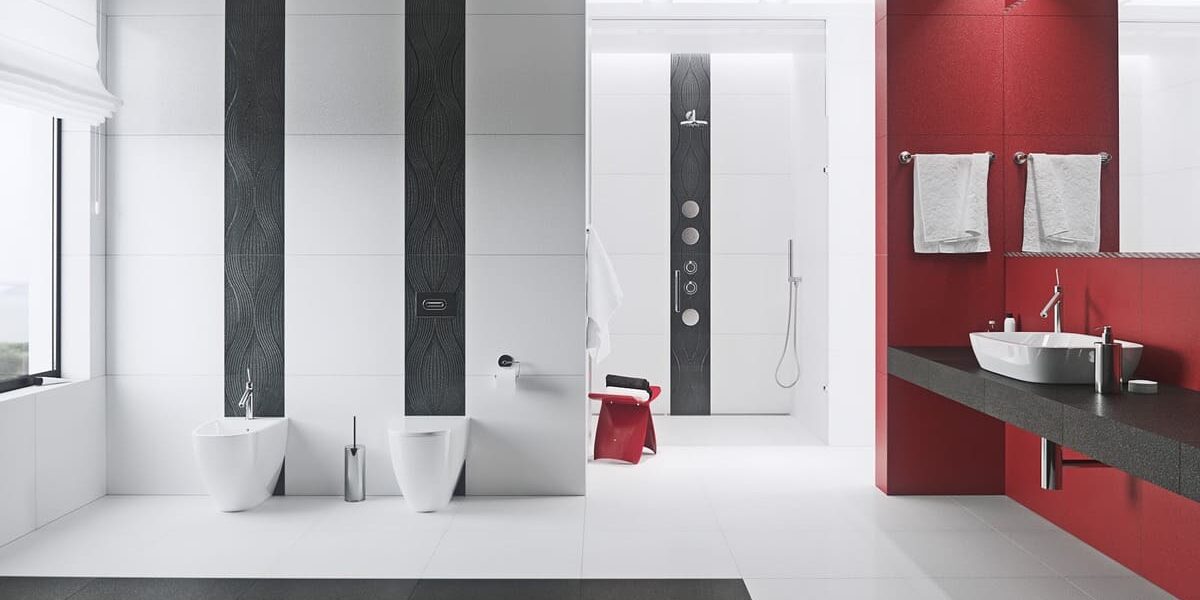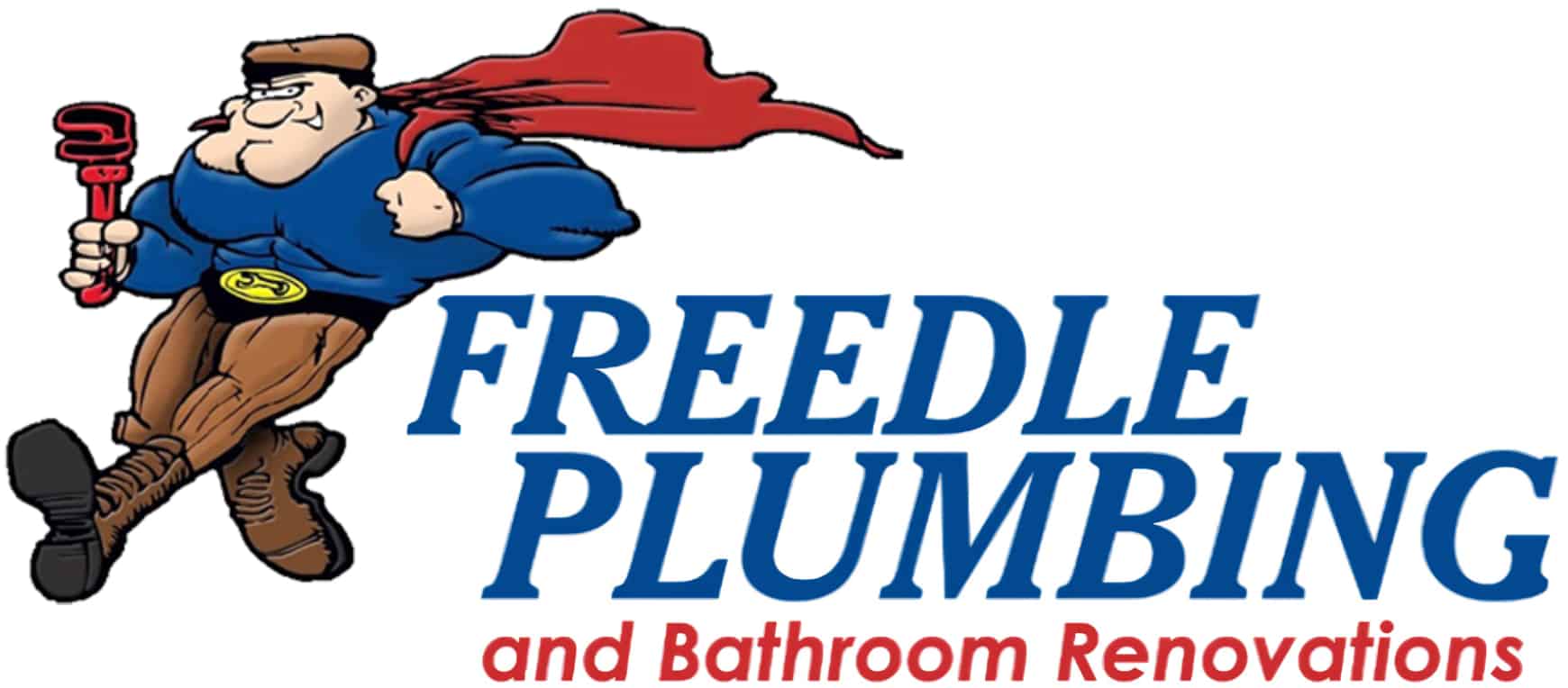No System is too Complicated for Freedle Plumbing
As a part of our promise to you, we focus on providing optimal customer service while resolving plumbing issues quickly and efficiently throughout your home or business.

24/7 Emergency Services
Freedle Plumbing is here to help you through flooding, burst pipes, and any other plumbing emergency you might encounter. Call Now.

Plumbing Services
Our goal is to provide quality, responsive service for any ongoing plumbing problems in your home or business.

Bathroom Remodeling Services
Freedle Plumbing is here to help bring that vision to life. We know how to handle bathroom renovations of any size.
Are you looking for affordable plumbing services?
Why Choose Freedle Plumbing?
Our goal is to provide quality, responsive service for any ongoing plumbing problems in your home or business. Whether you have a clogged bathroom drain or kitchen sink, broken hot water heater, or require emergency plumbing services, Freedle Plumbing has you covered. We'll give you honest service recommendations and pricing for any plumbing issue or bathroom remodeling project you need to work on. Together, we can decide if your ongoing plumbing problem needs to be repaired, or replaced, so you can have the long-term solution you've been looking for.






